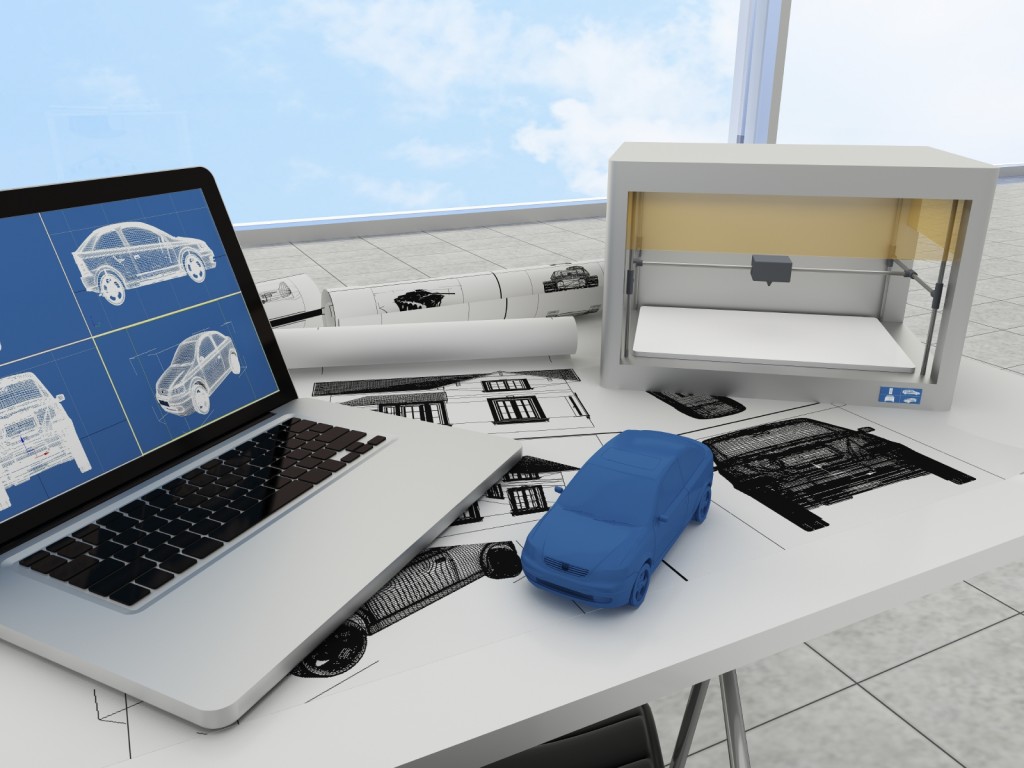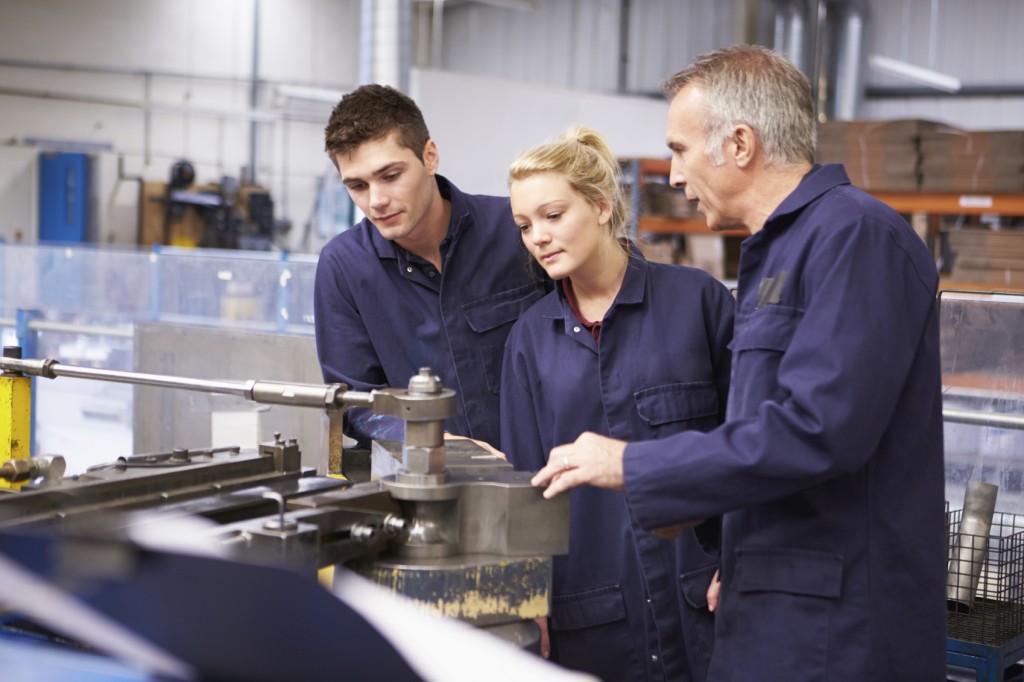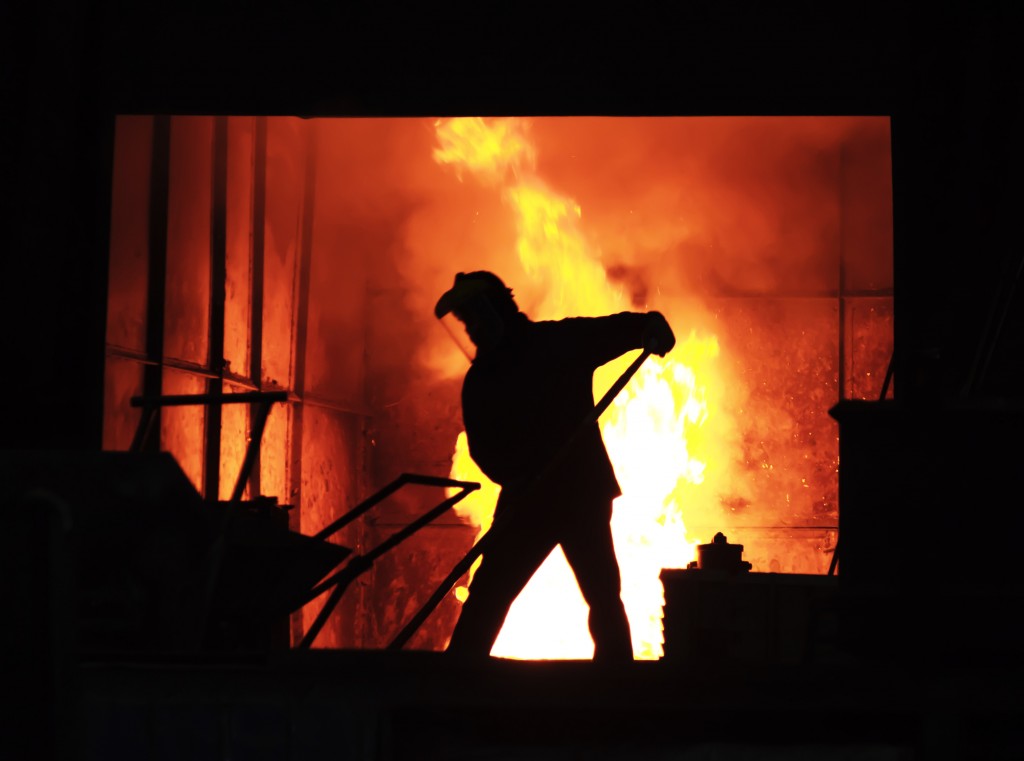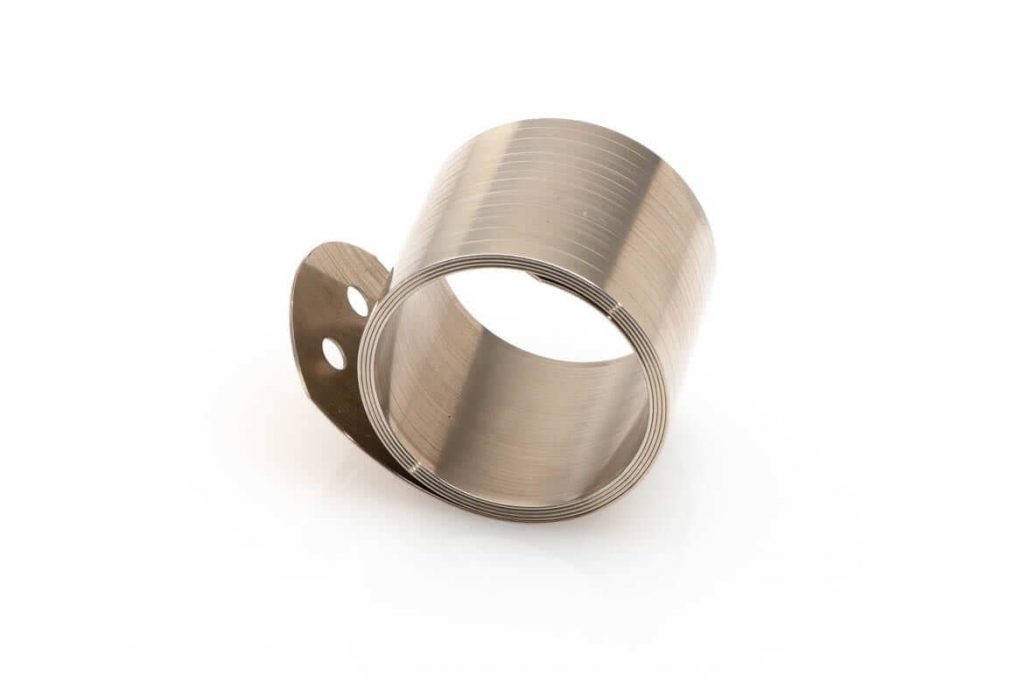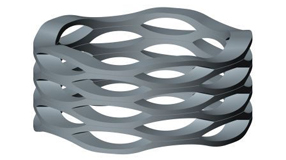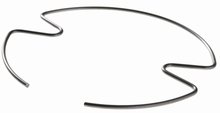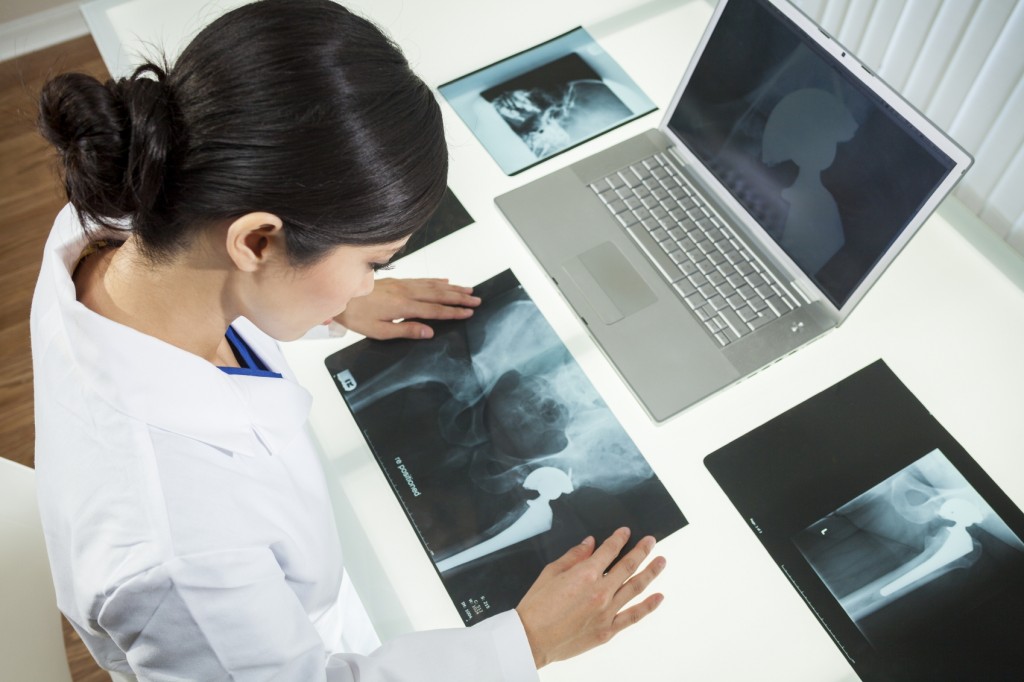3D printing allows for fast and affordable prototyping; it has been used in engineering in order to create accurate representations of designs in a shorter period of time. CAD design is utilised in conjunction, helping to produce streamlined results with fewer errors in the finished product.
By reducing the cost of prototypes, 3D is allowing for the construction of optimised robots that are increasingly more durable. With 3D printing in the engineering industry, engineers are able to apply its advantages to several sectors.
QuadBot
3D printable and programmable, QuadBot is presently still running a Kickstarter campaign in order to fund its first production run. Students from Manchester University and Engimake founders, Jack Scott-Reeve and Josh Elijah, utilised their master’s degrees in engineering from the School of Electrical and Electronic Engineering to develop the Quadbot. Its primary function is to be a learning tool, guaranteeing groups and workshops have an easy-to-use tool that needs little maths, electronics, 3D design, and coding experience.
The robot is completely open source with Arduino C++ and Ardublockly Graphical as main recommended software. It contains approximately 27 hours of 3D printed parts, Bluetooth module, servo motors, cables, and cords. The QuadBot is capable of dancing, walking, avoid obstacles, and much more, allowing for endless creations due to its open source platform.
Mars Medical Challenge
This challenge is seeking K-12 United States students to create a 3D design of a medical device capable of sustaining the physical health of an astronaut on a 3-year mission to Mars. The requirement? It needs to be 3D printable for use in emergency situations, diagnostics, first-aid, and other medical solutions.
Hoping to develop technology that will allow humans to travel in space for long-term missions of exploration, the entries are required to be six inches by six inches. The winners of this project will be announced on 28th March, with the big prize being a tour of NASA Johnson Space Center in Houston.
Alternatively, you can find us on Facebook, Twitter, and Google+ to see our latest news.
